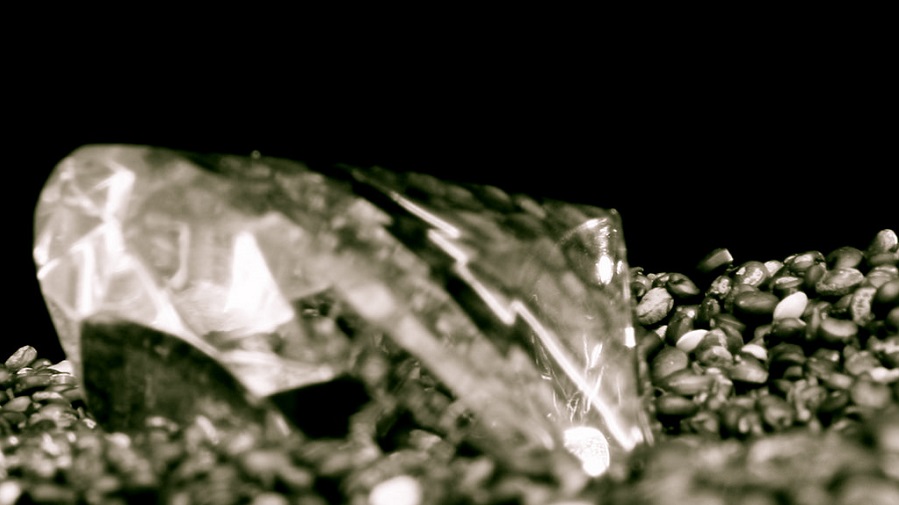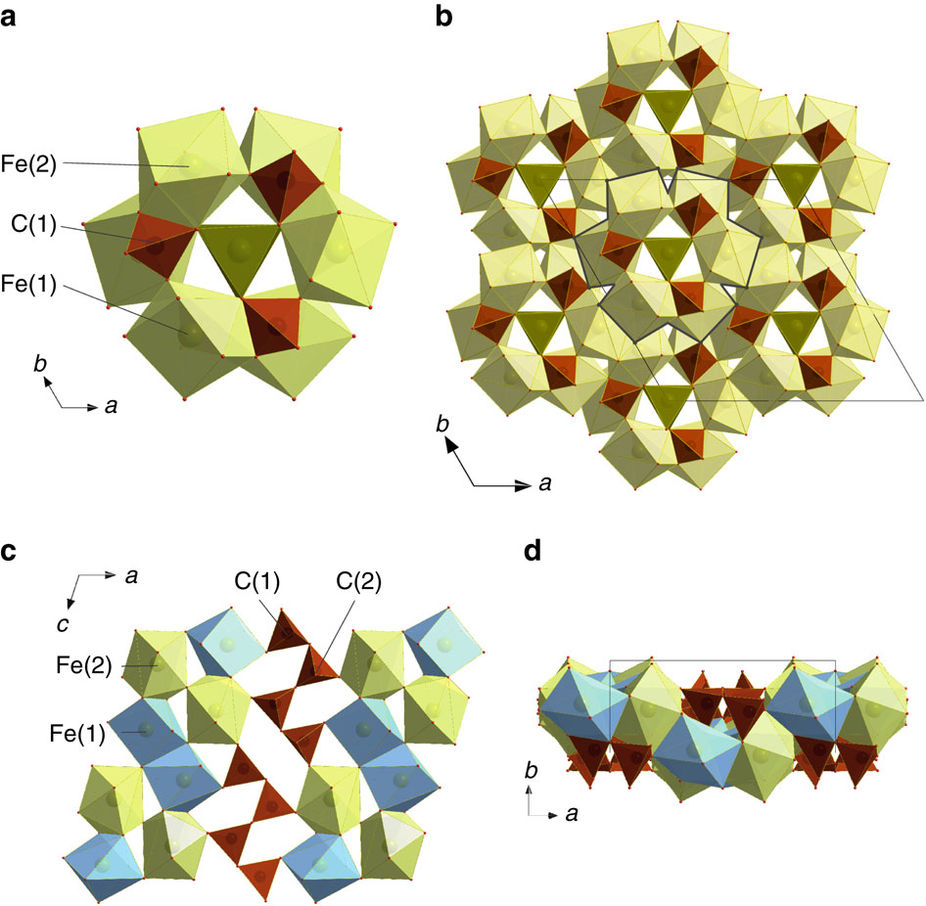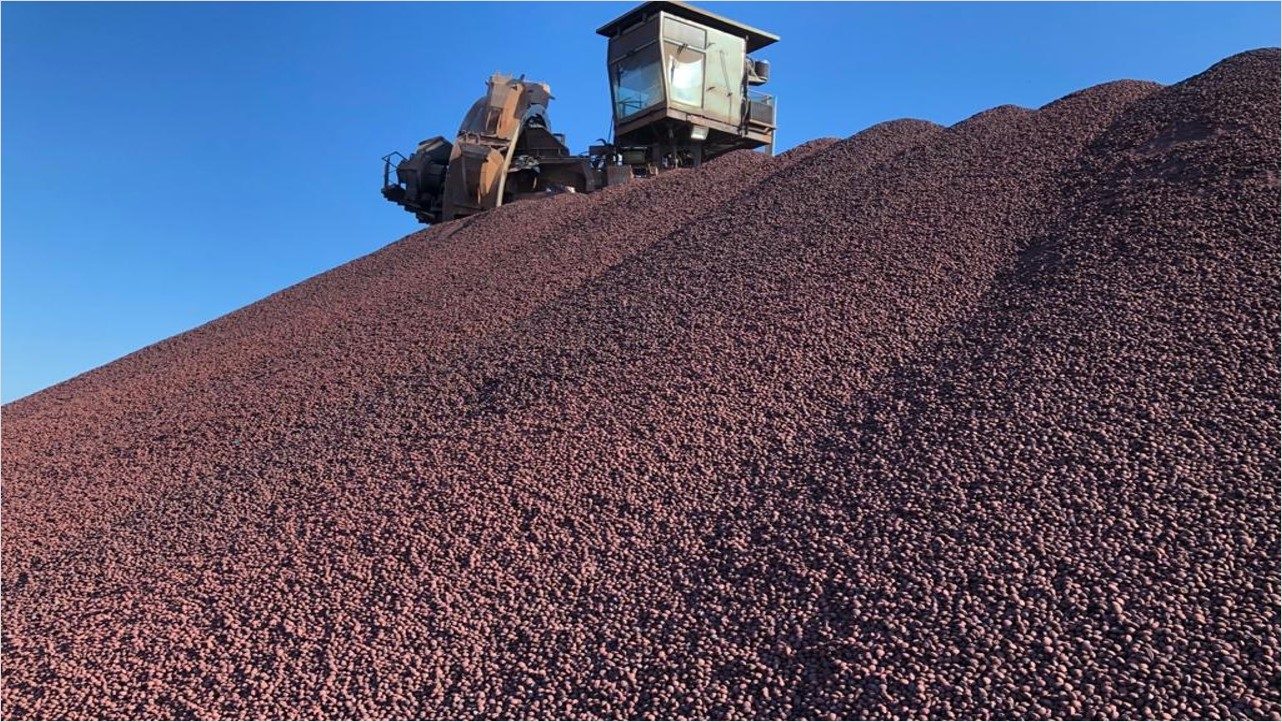How iron carbonates help form diamonds

An international group of scientists published a paper in Nature Communications where they state that under the peculiar conditions present deep in the Earth’s mantle, iron carbonates can play a role in forming diamonds.
The team led by Valerio Cerantola investigated the inclusions containing carbonates that are found in diamonds extracted from depths of some 700 km. The goal was to understand their range of stability, crystal structures and the thermodynamic conditions of the decarbonation process.
They did so by simulating the peculiar conditions that characterize the Earth’s deep mantle, namely extremely high pressure (equivalent to more than one million times the pressure present in Earth’s atmosphere), and extremely high temperatures (typically ranging between 2,000° and 2,500° Celsius).
To run such simulation, they used laser-heated diamond anvil cells and squeezed a very small sample (10 to 15 microns) between a pair of diamonds with a laser beam focused on them. Then, they used synchrotron X-rays to examine the content and the structure of the samples, to later on use a synchrotron Mössbauer spectroscopy, to measure tiny changes in the Fe atomic energy levels. This is crucial to determining the valence state of new high-pressure iron carbonates.

(a,b) Tetrairon(III) orthocarbonate Fe4C3O12 and (c,d) diiron(II) diiron(III) tetracarbonate Fe4C4O13, at ambient temperature and 74(1) and 97(2) GPa, respectively. In a, three FeO8 bicapped prisms (light green) and three CO4− tetrahedra (brown) form a ring with threefold symmetry by corner and edge sharing. The rings form layers that are stacked along the c axis. FeO6-prisms (dark green) are connected by triangular bases and located in the channels created by the rings. In b the overall structure of the orthocarbonate is displayed along the c-axis. In c FeO8 bicapped prisms (light green) are connected in a 3D framework by dimers of edge-shared FeO7 monocapped prisms (blue) and zigzag-shaped C4O1310−chains (brown) shown along the b axis. In d the tetracarbonate structure is displayed along the c axis. Source: Nature Communications.
Most chemical compounds that are stable on the Earth’s surface cannot exist under such extreme conditions. However, the researchers found some outliers. Specifically, their study revealed that under these conditions, carbonate molecules can exist and can reorganize so that the carbon carries an extra oxygen atom, forming a tetrahedral shape.
The group detected for the first time two novel compounds, including a so-called “tetracarbonate” that has the potential to survive deep in the Earth’s lower mantle.
The results of their work indicate that one of the new crystal structures is uncommonly stable and retains its structure under the conditions present in the Earth’s mantle, to depths of 2,500 km – close to where the mantle meets the Earth’s core.
Their conclusion is that through the process of self-oxidation, carbonates can remain preserved deep in the Earth’s mantle, thereby contributing to diamond formation.
More News
{{ commodity.name }}
{{ post.title }}
{{ post.date }}



Comments